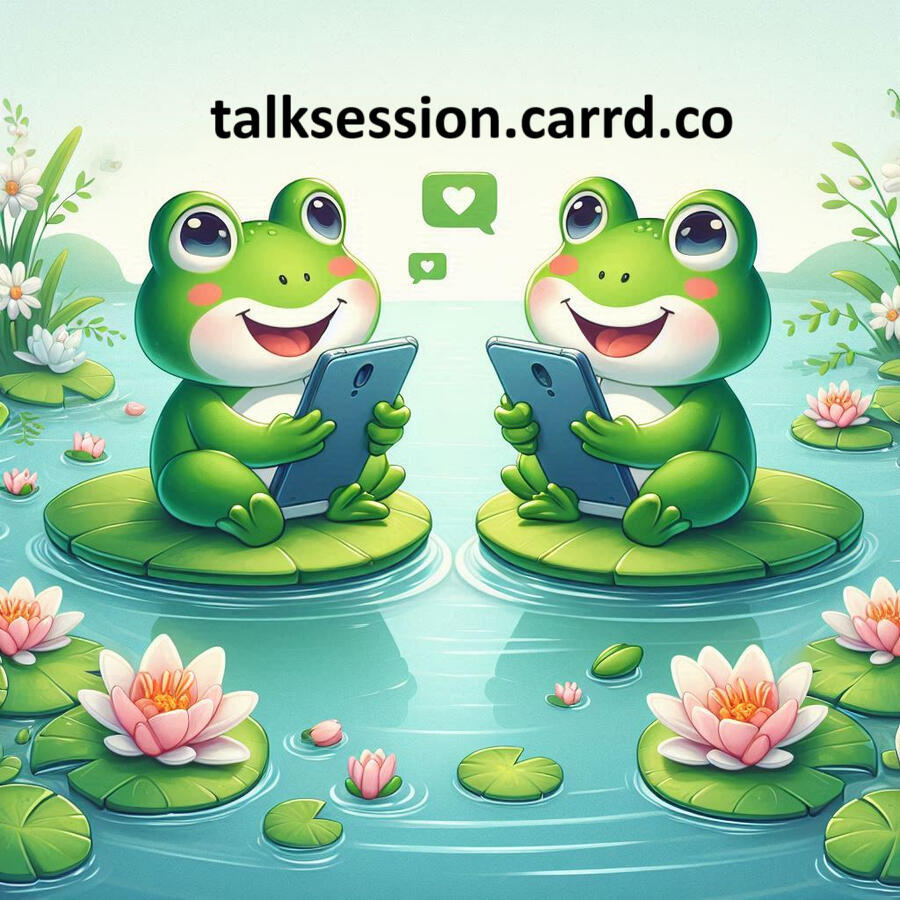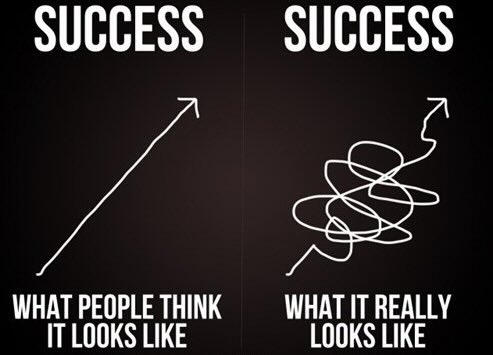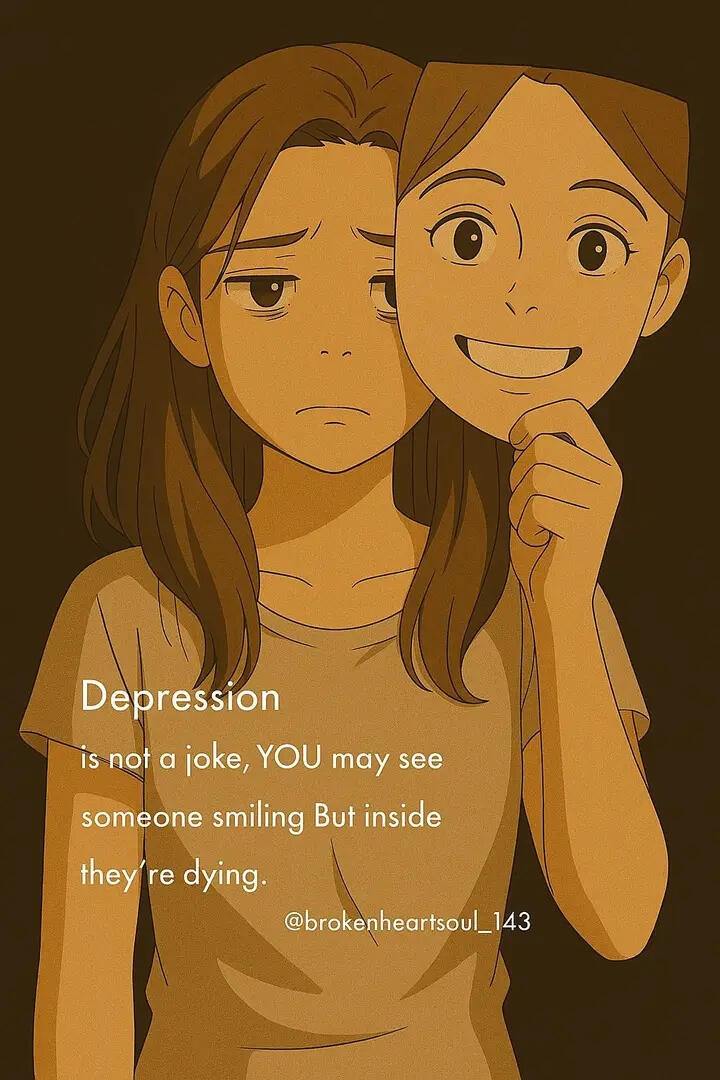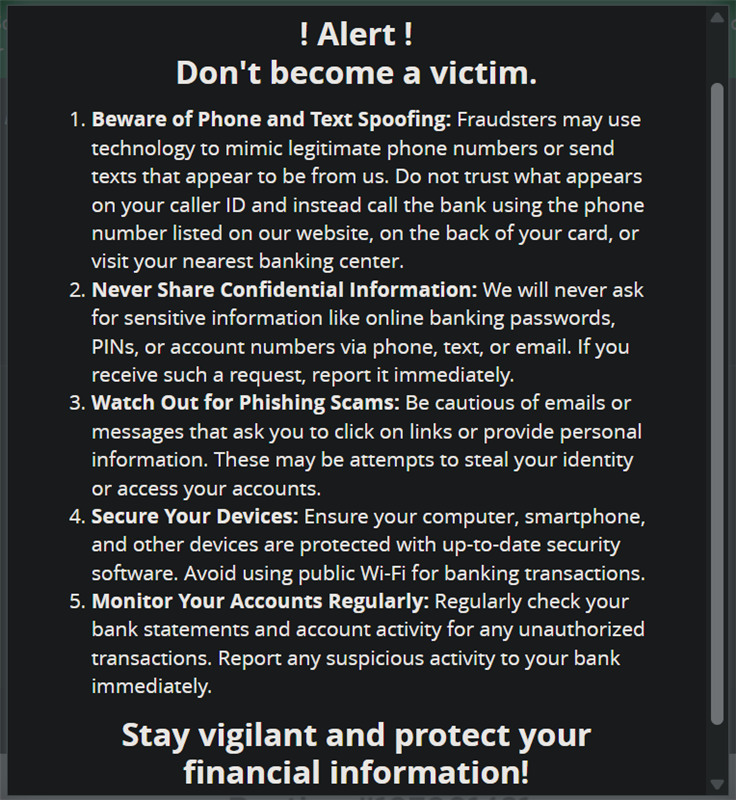$5 Talk Sessions
WARNING: IF YOU HAVE ALREADY DEVELOPED A PLAN FOR SUICIDE GO TO THE EMERGENCY ROOM NOW! IF YOU ARE HAVING THOUGHTS OF SUICIDE CALL OR TEXT 988 NOW!. I AM NOT A CERTIFIED THERAPIST. FOR THERAPY SESSIONS, PLEASE FIND COUNSELING IN YOUR AREA OR ONLINE (OTHER THAN ME). THANK YOU. I DO have a PhD in Bacon Theology though :) So if you just need someone to talk to please continue reading this website :)
Hello! My name is Jacob but I also go by Mike (Internet privacy thing). I am currently offering to help people who are experiencing troubles in daily life. I will be your confidant, advisor, coach and mentor. Bored? Lonely? Need an outsiders thoughts on a problem you are having? Need to release some guilt and/or frustation? We can talk about your what's going on in your life, or even just how your day went. I don't drink, smoke or do recreational drugs so I'm not fluent in those topics.
You will receive 30 mins. of my undivided attention.
We can talk on Facebook Messenger, Snapchat video, on the phone or by text or we can email each other.
You must be 18 or older to contact me. I only speak English.
First 30 min. Session is FREE!
If you decide this benefits you and adds value to your life, future sessions can be scheduled for $5 up to 30 mins. (max: 1 hour per session, per day)
Hours available: Monday-Wednesday 5pm-7pm, Thursday varies, Saturday 5pm-7pm, Sunday varies.
Payments accepted: Paypal, Chime, Venmo or Cashapp only. All payments are non-refundable. (Unless I fail to meet with you during our scheduled session.) Reschedule or cancel your session at any time.
My background:
I am a 50 year old ethnically mixed divorced heterosxual U.S. Citizen male with 3 kids and 3 grandkids. I work a 40 hour a week full time job (over 20 years at) and enjoy making a.i. art and a.i. music. I am currently working on my hoarding and shopping addictions. I'm a life long student of Stoicism, Buddhism and Taoism, I offer Social Secular viewpoints and am comfortable with talking religion, mostly Christianity. I am not into Astrology, Psychics and Horoscopes.
I am a suicide survivor (anxiety and depression) and am willing to talk about.
I manage my diabetes well with medication and can share my experiences with glaucoma.
I am a big advocate for privacy and will keep everything involved in our sessions confidential. (Conversations, phone numbers, social media id's, etc.)
I am an advocate for gratitude, frugality, minimalism and simple living.
Frogs are my spirit animal :)
You will NOT receive spam from me, I will not be sending follow up messages after the session. You will need to reach out to me to schedule your next session.
Sessions can be scheduled either by texting
913-671-0664 (faster response after 5pm) or emailing itsmikefromwork[at]proton[me] (faster response in the mornings and early afternoon)
Phone calls and voicemails will not be returned until after the first session is completed. You will have to reach out to me for your scheduled session, I will never reach out to you. I will make myself available for you during the time we agreed upon. In the event something happens, and I am not able to reach out to you I will issue a refund ASAP.
Upcoming appointment reminders:
Once you are scheduled you will be assigned a three letter code so you can keep track of your appointment date and method of communication on this website. We will not be sending reminders to you.
Upcoming Appointments:
none

“In elementary school my parents told me it didn’t matter what I did when I grew up, so long as it made me happy. ‘Happiness is the whole point of life,’ my father said. ‘But it doesn’t always come easy. Your mother loves to help people in need, so she became a psychiatric nurse. I love reading, writing and poetry, so I became an English teacher. We both find happiness in the hard work we do each day.’A few years later when I was in junior high, my sixth-grade homeroom teacher put me in detention for ‘being difficult.’ She went around the classroom and asked each student what they wanted to be when they grew up. When she got to me, I told her I wanted to be happy. She told me I was missing the whole point of the question. I told her she was missing the whole point of life.” - marcandangel.com
CBT (Cognitive Behavioral Therapy) teaches us that our thoughts shape our emotions, and our emotions influence our behavior.
If you reframe the way you describe your experience, the experience itself begins to shift.
Hoarding disorder is characterized by a persistent difficulty discarding possessions—regardless of their actual value—leading to clutter that disrupts living spaces and daily functioning. In DSM-5 it’s classified separately from OCD, though nearly 25% of OCD sufferers also hoard. Estimates suggest 2–6% of adults meet clinical criteria, with emotional distress and social impairment hallmark features.Researchers believe hoarding arises from a mix of genetic vulnerabilities, brain-function anomalies and life stressors. Twin studies hint at heritable components, while neuroimaging shows abnormal activity in decision-making regions (like the anterior cingulate and insula) when hoarders decide to keep versus discard an item—areas tied to risk assessment and emotional regulation.On the psychological level, hoarding intertwines relief and distress. Acquiring and saving items momentarily soothes anxiety—offering a sense of control or security—but the sheer volume of “stuff” ultimately fuels shame, isolation and further anxiety. Perfectionistic beliefs (“What if I need this someday?”) and extreme emotional attachments to inanimate objects reinforce the cycle. Even the idea of discarding can trigger panic and indecision.Most hoarding patterns emerge in adolescence (around ages 15–19) and steadily worsen without intervention. Risk factors include a family history of hoarding, certain personality traits (e.g., indecisiveness, perfectionism) and exposure to stressful or traumatic events. Because it often goes unrecognized, clutter and its consequences (falls, fire hazards, social withdrawal) accumulate over decades.Cognitively, hoarders exhibit impaired attention, difficulty categorizing or organizing, and biased beliefs about responsibility for objects. They overestimate the usefulness or sentimental value of items, anthropomorphize possessions (“this toy needs me”), and struggle with uncertainty—so they err on the side of saving “just in case”.Taken together, these biological, emotional and cognitive factors lock individuals into a self-perpetuating loop: saving reduces short-term distress but intensifies long-term impairment. Understanding this interplay is key to designing effective interventions—most of which center on specialized CBT techniques to address decision-making, emotional attachments and organizational skills, often supplemented by peer support or pharmacotherapy.
Saying “I’m only human” often translates to “I have limits, I make mistakes, I feel tired or discouraged”—and all of that is true. But it becomes a valid excuse to not try only when it’s a way to dodge responsibility or stop yourself before you even start. Here’s a better way to think about it:1. Acknowledge your humanity without hiding behind it
- It’s okay to admit fatigue, self-doubt or a bad day—that’s self-compassion, not shirking.
- The moment it stops you from taking a single step forward, you’ve let “human” become a crutch rather than a compass.2. Distinguish limits from lack of effort
- Physical or mental limits are real (e.g., burnout, illness). When those hit, regroup: rest, recalibrate goals, then reengage.
- But if you’re skipping action purely to avoid discomfort—fear of failure, judgment or effort—that’s a mindset hurdle, not a genuine barrier.3. Flip the phrase: “I am human” → “I’m human, therefore I can grow”
- Growth psychology shows that deciding “I’m human, I learn from mistakes” turns obstacles into data points.
- Every setback becomes fuel: What did I try? What worked? What do I tweak next time?4. Build a bridge between self-compassion and accountability
- Set micro-commitments (“Today I’ll draft one paragraph,” not “I must finish the whole project”).
- Celebrate the small wins, then gently push to the next stretch goal.
- Track progress visually—habit trackers or checklists reinforce effort, even on “off” days.5. Use “I’m human” as your springboard, not your safety net
- When you catch yourself thinking “I’m just human,” ask: “What step can I take right now?”
- Anchor your answer in something concrete (5-minute walk, writing an outline, making one customer call).Real-world example: Olympic athletes train through fatigue by breaking their regimen into tiny, winnable tasks—replacing “I can’t” with “I’ll do this one drill.” Over time, that compound effort conquers far more than raw talent.So is “I’m just human” a valid excuse? Only if you let it be. Instead, own your humanness—your feelings, your needs—while still charting a course forward. Start with one small, nonnegotiable action today. After that, choose another. And another. That’s how human beings surprise even themselves.

An anxiety attack—often used interchangeably with a panic attack, though not always clinically identical—is an intense episode of fear or distress that can come on suddenly and feel overwhelming. It may include symptoms like:- Rapid heartbeat or chest pain
- Shortness of breath or hyperventilation
- Dizziness or nausea
- Sweating or chills
- A sense of impending doom or losing controlThese episodes are often triggered by stress, trauma, or even seemingly out-of-the-blue, especially in people with anxiety disorders.### How to Stop an Anxiety Attack in the MomentHere are some evidence-based techniques that can help:1. Ground Yourself
Use the 5-4-3-2-1 method: name 5 things you see, 4 you can touch, 3 you hear, 2 you smell, and 1 you taste. This helps anchor you in the present.2. Control Your Breathing
Try slow, deep breathing: inhale for 4 seconds, hold for 7, exhale for 8. This helps regulate your nervous system.3. Move Your Body
Light exercise like walking or stretching can burn off stress hormones and help your body reset.4. Repeat a Calming Phrase
Something like “This will pass” or “I am safe” can help reframe your thoughts and reduce panic.5. Find a Quiet Space
If possible, step away from overstimulating environments to regain a sense of control.### How to Prevent Future Attacks- Practice regular mindfulness or meditation
- Get enough sleep and limit caffeine or alcohol
- Talk to a therapist—especially one trained in CBT (Cognitive Behavioral Therapy)
- Consider medication if recommended by a healthcare provider
- Build a support system so you’re not facing anxiety alone.How to Stop an Anxiety Attack: The Activate Method – Therapy in a Nutshell
There are several nutrient-dense foods that may help ease anxiety by supporting optimal brain health, balancing neurotransmitters, and reducing inflammation. Although no single food is a cure-all, incorporating a variety of these items into your diet can work synergistically to promote calmness and overall well-being. Here are some options:- Salmon (and Other Fatty Fish):
Rich in omega-3 fatty acids and vitamin D, salmon helps reduce inflammation and supports brain health, both important for regulating mood and anxiety levels [1][3].- Leafy Greens (such as Spinach and Kale):
These vegetables are high in magnesium—a mineral that may help balance stress hormones like cortisol—as well as many B vitamins that support a healthy nervous system [1].- Blueberries:
Packed with antioxidants, blueberries can help fight oxidative stress in the brain. Some studies suggest that their phytonutrients may lower anxiety scores and protect brain function [1][3].- Avocados:
Loaded with healthy fats, B vitamins, and magnesium, avocados contribute to stable blood sugar levels and a balanced mood, both of which are key in managing anxiety [1][2].- Nuts and Seeds (e.g., Almonds, Walnuts, Cashews):
These provide not only healthy fats and proteins but also magnesium and zinc—minerals that are essential for neurotransmitter function and potentially reducing anxiety [2].- Chamomile Tea:
Known for its calming and mild sedative effects, chamomile tea may help soothe anxiety and promote relaxation. Its anti-inflammatory properties might also contribute to overall brain health [3].- Dark Chocolate:
In moderation, dark chocolate’s flavonols may benefit mood and cognitive function while providing a rich source of antioxidants. Its compounds might help lower stress levels and enhance feelings of well-being [3].- Fermented Foods (such as Yogurt, Kefir, Sauerkraut):
By helping to maintain a healthy gut microbiome, these foods contribute to what’s often called the "gut-brain axis"—the communication pathway that links digestion and mood regulation. A healthy gut flora is increasingly being recognized as a factor in reducing anxiety [1].Additional Tips:
- Alongside these foods, maintaining regular meal patterns, staying hydrated, and balancing your intake of protein, fiber, and healthy fats can help stabilize blood sugar levels, which in turn supports mood stability.
- Remember that while these dietary choices are supportive, they work best as part of an overall healthy lifestyle that includes regular physical activity, proper sleep, and stress management techniques.
Not taking things personally is a skill that involves shifting your focus from internalizing every word to understanding that most comments or actions are more about the other person than about you. Here are some effective strategies:1. Recognize It’s Often Not About You
Understand that when someone criticizes or reacts negatively, it’s frequently a reflection of their own stresses, insecurities, or moods. Rather than assuming a personal attack, try to see their behavior as a function of their inner world. This shift in perspective helps reduce emotional reactivity.2. Pause and Breathe
When you notice a sting in your emotions, take a moment before responding. Deep, slow breathing can interrupt your immediate reaction and create space for you to assess the situation more objectively. This pause is a cornerstone of mindfulness practices that help manage your emotional responses.3. Challenge Assumptions and Seek Clarification
Ask yourself if you might be filling in gaps with negative assumptions. Is it possible that the other person’s comment wasn’t meant as an attack? If it feels unclear, consider asking for clarification. This not only prevents misunderstandings but also gives you control over your emotional narrative.4. Develop Self-Awareness and Self-Compassion
Often, taking things personally is tied to how you view yourself. Cultivating self-compassion involves recognizing your value independently of others’ opinions. Remind yourself that you are not defined by transient feedback. Regular self-reflection or journaling can help you identify personal triggers and build a healthier self-image.5. Set Healthy Boundaries
If certain people repeatedly make comments that feel overwhelming, it might be necessary to set clear boundaries. Explaining calmly how their words affect you can prevent a cycle of misunderstandings. Boundaries help create an environment where criticism is constructive rather than hurtful.6. Adopt a Growth Mindset
Frame feedback as an opportunity for learning rather than a personal failing. When you view criticism as useful input—even if it stings a bit—you empower yourself to improve without absorbing negativity completely.7. Practice Mindfulness and Meditation
Regular mindfulness exercises can train your brain to observe thoughts without immediate judgment. This creates a buffer between the stimulus (e.g., a critical comment) and your emotional reaction. Over time, this practice can steadily reduce the frequency of taking things personally.Each of these strategies takes practice; over time, you may notice that you react less automatically and feel more secure in your own value.
Cognitive reframing (or “restructuring”) is a skill for shifting how you interpret events so your emotions and behaviors follow suit. Here’s a practical, step-by-step process to reframe any situation:1. Observe and Name the Thought
• Catch the automatic interpretation that’s triggering stress or negativity (e.g., “They ignored my email because they don’t respect me”).
• Write it down verbatim—this gives you a concrete target to work on.2. Identify Underlying Beliefs or Distortions
• Ask: What am I assuming about myself, others or the world?
• Common distortions include mind-reading, catastrophizing, “all-or-nothing” thinking, and overgeneralizing.
• Labeling the distortion makes it less sticky and more open to challenge.3. Gather Evidence
• List facts that support your thought—and facts that contradict it.
• Example: “They didn’t reply in two hours” versus “I’ve seen them active online just last night,” or “They’ve always responded within a day before.”4. Socratic Questioning
• Gently interrogate the thought:
– “Is this 100% true, or am I leaping to conclusions?”
– “What would I tell a friend in this situation?”
– “Are there other, more balanced ways to view it?”
• This technique loosens the grip of rigid thinking.5. Generate Alternative Frames
• Brainstorm 2–3 kinder, more realistic interpretations (e.g., “They’re slammed at work, I’ll follow up tomorrow” or “Maybe they’re drafting a thoughtful reply”).
• Aim for reinterpretations that empower you rather than leave you stuck.6. Choose and Test Your New Frame
• Pick the reframe that feels most grounded (“They’re busy—doesn’t mean they don’t care”).
• Notice how your mood shifts. Try acting “as if” the new frame is true: send that gentle follow-up or mentally shrug and move on.7. Reinforce with Practice
• Keep a simple log: original thought → type of distortion → new reframe → emotional rating before/after.
• The more you track, the more automatic helpful reframes become.Over time, this cycle rewires your “meaning filters,” turning obstacles into growth opportunities.—
Beyond these steps, you might also explore:
• Guided journaling prompts for deeper belief work
• Mindfulness breaks to catch thoughts before they spiral
• Mobile apps (e.g., MoodKit, CBT Thought Record Diary) for on-the-go reframing
• Partnering with a coach or therapist for accountability
🌍 Why 2025 Could Be Considered the Greatest Time
- Medical and technological advances: We’re living in an era of AI breakthroughs, gene editing, and wearable health tech. Diseases that were once fatal are now manageable or even curable.
- Global connectivity: Billions of people are connected through the internet, allowing for instant communication, education, and collaboration across borders.
- Awareness and activism: Social movements are more visible and impactful than ever, thanks to digital platforms that amplify marginalized voices.
- Longer life expectancy: Globally, people are living longer, healthier lives than at almost any point in history.### 🤔 But There Are Challenges, Too
- Climate change: We’re facing unprecedented environmental threats that could reshape life on Earth.
- Mental health crises: Despite all our progress, anxiety, depression, and loneliness are on the rise.
- Economic inequality: The wealth gap continues to widen, even in the most developed nations.
- Information overload: With so much data at our fingertips, it’s harder than ever to separate truth from noise.So, are we living in the “greatest” time? In many ways, yes—we have tools, freedoms, and opportunities that past generations could only dream of. But we’re also carrying the weight of complex global issues that require collective wisdom and action.


I hope to be of value to you :)